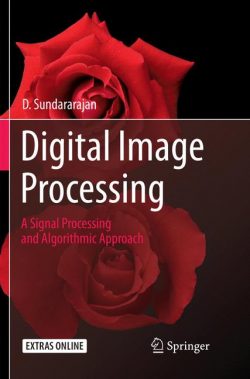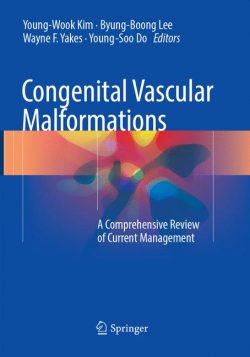This superbly illustrated book offers a comprehensive analysis of the diagnostic capabilities of CT and MRI in the skull base region with the aim of equipping readers with the knowledge required for accurate, timely diagnosis. The authors’ vast experience in the diagnosis of skull base lesions means that they are ideally placed to realize this goal, with the book’s contents being based on more than 10,000 histologically verified cases of frequent, uncommon, and rare diseases and disorders. In order to facilitate use, chapters are organized according to anatomic region. Readers will find clear guidance on complex diagnostic issues and ample coverage of appearances on both standard CT and MRI methods and newer technologies, including especially CT perfusion, susceptibility- and diffusion-weighted MRI (SWI and DWI), and MR spectroscopy. The book will be an ideal reference manual for neuroradiologists, neurosurgeons, neurologists, neuro-ophthalmologists, neuro-otolaryngologists, craniofacial surgeons, general radiologists, medical students, and other specialists with an interest in the subject.
Chapter 1.
Orbital pathology
Chapter 2.
Craniofacial and anterior cranial fossa tumors
Chapter 3.
Medial cranial fossa and sellar/ parasellar tumors
Chapter 4.
Posterior cranial fossa tumors (incl. petrous bone and cranio-vertebral region)
Index
“The text is easy to follow and the book is richly illustrated with high quality images. Unique selling points include beautiful surface-shaded rendered images and large-sized high quality images that help the reader understand not only the internal manifestations of disease but also their clinical phenotype. … I highly recommend this textbook.” (Ne-Siang Chew, RAD Magazine, December, 2018)
I.N. Pronin, MD, PhD, is head of the Neuroimaging Department at the Burdenko Neurosurgical Institute of the Russian Ministry of Health. Professor Pronin is an Associate Member of the Russian Academy of Science. He is the author of 14 monographs in the field of neuroradiology (including two published by Springer) and more than 350 scientific publications.
V.N. Kornienko, MD, PhD, is a famous Russian neuroradiologist and former Head of the Neuroimaging Department of the Burdenko Neurosurgical Institute. He is an academician of the Russian Academy of Science and a full member of the Russian and American Societies of Neuroradiology. Professor Kornienko is the author of 21 monographs (including two published by Springer) in the field of neuroradiology as well as more than 500 scientific publications.
This superbly illustrated book offers a comprehensive analysis of the diagnostic capabilities of CT and MRI in the skull base region with the aim of equipping readers with the knowledge required for accurate, timely diagnosis. The authors’ vast experience in the diagnosis of skull base lesions means that they are ideally placed to realize this goal, with the book’s contents being based on more than 10,000 histologically verified cases of frequent, uncommon, and rare diseases and disorders. In order to facilitate use, chapters are organized according to anatomic region. Readers will find clear guidance on complex diagnostic issues and ample coverage of appearances on both standard CT and MRI methods and newer technologies, including especially CT perfusion, susceptibility- and diffusion-weighted MRI (SWI and DWI), and MR spectroscopy. The book will be an ideal reference manual for neuroradiologists, neurosurgeons, neurologists, neuro-ophthalmologists, neuro-otolaryngologists, craniofacial surgeons, general radiologists, medical students, and other specialists with an interest in the subject.
Equips readers with the knowledge required for accurate and timely diagnosis of skull base lesions
Presents appearances on both standard and new CT and MRI technologies, including CT perfusion
Offers clear guidance on complex diagnostic issues
Draws on findings in more than 10,000 histologically verified cases
Equips readers with the knowledge required for accurate and timely diagnosis of skull base lesions
Presents appearances on both standard and new CT and MRI technologies, including CT perfusion
Offers clear guidance on complex diagnostic issues
Draws on findings in more than 10,000 histologically verified cases





